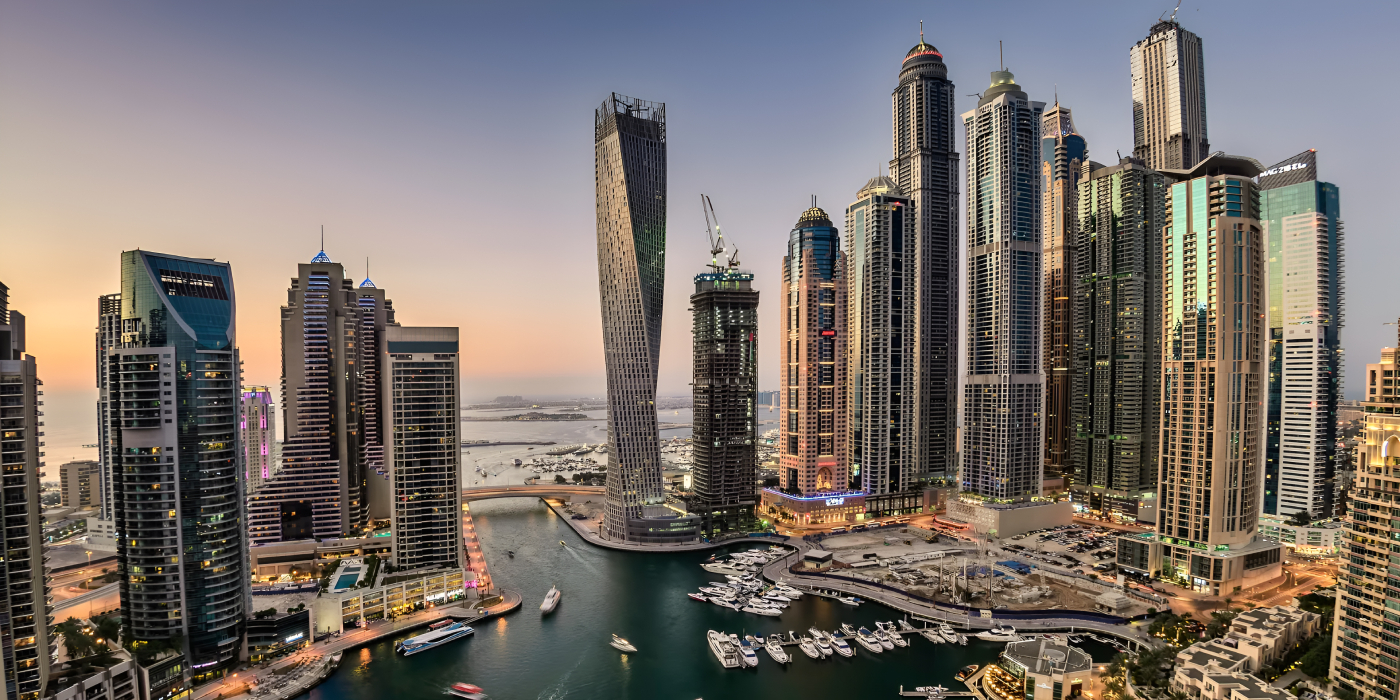Why Major Cities Face a Housing Shortage Despite Record-High Investment
- Aug 20,2025
Housing is one of the most pressing challenges facing rapidly growing cities today. While investment in real estate continues to soar, particularly across major urban centers in the MENA region, the availability of affordable and accessible housing remains worryingly scarce. This paradox underscores a deeper structural issue: the inflow of capital does not necessarily translate into meeting the real needs of the majority population.
Our founders, Qurat Ul Ain and Mudasir Wani, recently shared their insights on this critical subject in Construction Week, highlighting why the housing crisis persists despite record investment.
The Structural Mismatch in Real Estate Investment
Much of the capital entering real estate markets is funneled into luxury and high-yield projects. These developments deliver prestige, international visibility, and strong returns, aligning with a city’s ambitions to position itself as a global hub. However, they seldom address the needs of middle-income households, young professionals, or families who make up the backbone of urban life.
Take Dubai, for example. While record-breaking investments from high-net-worth individuals continue to dominate headlines, affordable housing options for middle-income residents remain limited, especially in locations close to employment hubs. The market is expanding, but not where the demand is most urgent.
Policy and Zoning Constraints
Urban planning frameworks in many cities are struggling to keep pace with rapid growth. Outdated zoning laws and restrictive land-use policies limit opportunities for high-density and mixed-use developments—precisely the kinds of projects that could alleviate housing shortages. Lengthy approval processes and bureaucratic hurdles further slow the delivery of much-needed residential stock.
Although countries like the UAE have taken progressive steps, such as expanding freehold zones and fostering public-private partnerships, more agile policies are required. Zoning and regulatory frameworks must prioritize diversity in housing supply rather than focus disproportionately on premium segments.
Prestige Overshadowing Practicality
The skyline of many cities tells the story: luxury towers and iconic developments dominate. While these projects elevate international status and attract tourism, they also absorb significant land, capital, and attention. In the absence of mandatory affordable housing quotas or targeted incentives, developers understandably pursue high-margin projects. The result is a “luxury trap” that undermines inclusivity and weakens the long-term sustainability of urban growth.
Demographic Pressures: Growth and Urbanization
The MENA region is experiencing rapid demographic shifts. Millions are moving into cities in search of opportunities, fueling urbanization at an unprecedented scale. The UAE’s population is expected to reach 10 million by 2026, while in Saudi Arabia, urbanization is projected to climb to 97.6% by 2030. Riyadh alone will host over 8 million people by then, with three-quarters being Saudi nationals.
This growth, while positive for economic vibrancy, places immense strain on housing infrastructure. Without deliberate strategies to expand accessible housing, supply will continue to lag behind demand, deepening affordability gaps.
The Double-Edged Role of International Investment
Foreign investment is vital for strengthening market confidence and injecting capital into the economy. Yet, when international buyers purchase properties primarily for speculation or as safe-haven assets, it can distort local markets. Prices are driven up, availability shrinks, and housing becomes less accessible to the residents who actually sustain the urban ecosystem.
Cities such as Dubai, where international buyers represent a significant share of transactions, require mechanisms to ensure that housing remains accessible to residents, not just investors.
Building Toward Equitable Housing Solutions
Solving the housing crisis requires a holistic approach that integrates policy, planning, and investment:
Incentivise Affordable Development: Governments can offer tax breaks, expedited permitting, and land grants to encourage developers to prioritise mid-market housing.
Modernise Zoning and Land-Use Policies: High-density and mixed-use developments, especially near transit hubs, should be facilitated to maximise land efficiency and accessibility.
Strengthen Public-Private Partnerships: Collaborative frameworks should align commercial objectives with social priorities, ensuring that housing projects serve diverse segments of the population.
Introduce Regulatory Safeguards: Measures to curb speculative ownership and mandate a proportion of affordable units in new developments will help maintain balance in the market.
Leverage Data-Driven Planning: Advanced analytics and predictive tools can guide urban development, ensuring investments align with actual housing demand and affordability trends.
Overall, the housing crisis in major cities is not merely a question of supply but of alignment, ensuring that investment serves the real, everyday needs of residents. By balancing prestige projects with inclusive housing policies, cities can foster sustainable growth that is not only economically robust but also socially equitable.
Source: Construction Week Online






